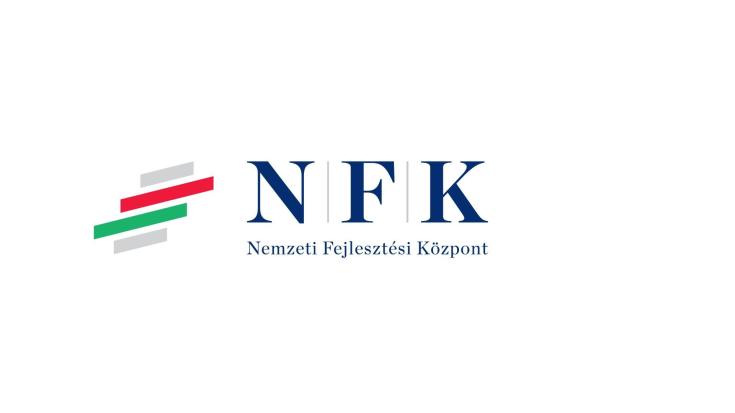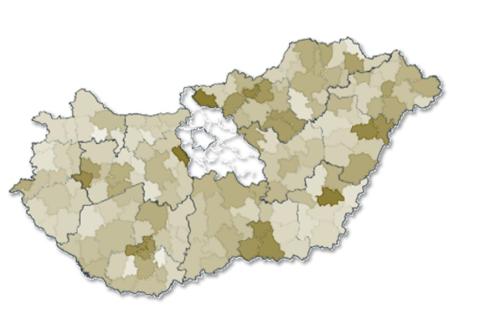Bridge the Digital Gap Project
Hungary has been proactive in addressing the digital skills gap through its Digital Education Strategy, launched in mid-2016 as part of the broader Digital Success Programme (2016-2020). With the goal of equipping every citizen with the essential digital skills for today’s labour market, Hungary is tackling the challenge of low digital proficiency, especially among older adults and those with lower education levels.
As of 2016, only 50% of Hungary’s population had basic digital skills, a figure significantly lower than the EU average. Among people over 55, only 21% had these basic skills, while just 25% of those with a basic education were digitally literate. To address this gap, Hungary launched several initiatives, including the “Bridge the Digital Gap” project, aimed at training 260,000 people by 2020. This initiative focused on regions outside Budapest, where digital skill levels were comparatively higher.
Central to this effort is the adoption of the Digital Competence Framework (DigComp), a tool designed to help individuals assess their digital skills, set learning goals, and find relevant training. Hungary has tailored DigComp to local needs by translating it into Hungarian and developing a comprehensive training package. The IKER I-II training courses, aligned with the Europass digital proficiency levels, offer basic to intermediate digital skills training. The 35-hour certified course covers essential areas such as using computers, navigating the internet, and managing emails, helping participants gain confidence in their digital capabilities.
The project has seen impressive results. By January 2019, nearly 149,000 individuals had completed training, with a high rate of satisfaction reported. The training not only increased digital competence but also helped participants adapt to the changing demands of the digital economy, particularly in terms of improving their employability.
This initiative also positions Hungary to scale up the broader implementation of DigComp 2.1, a more advanced version of the framework, and serves as a model for other European countries with similar challenges. Hungary’s approach demonstrates that targeted digital education, especially for low-skilled adults, can make a tangible difference in closing the digital divide.
In conclusion, Hungary’s Digital Education Strategy, through initiatives like the Bridge the Digital Gap project, showcases how structured, accessible training can empower individuals and strengthen the digital skills of the workforce, making the country more resilient in the face of technological change.

